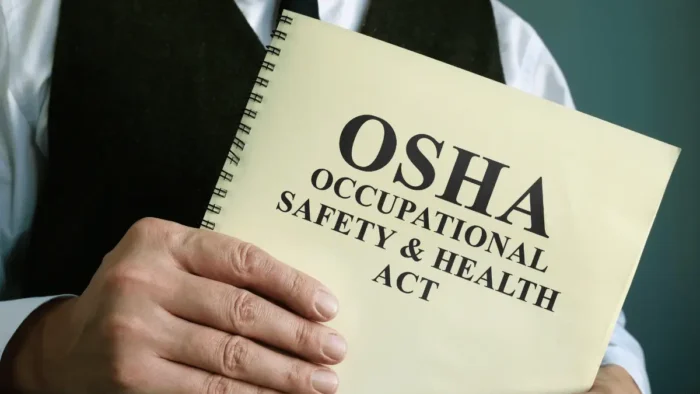Workplace health and safety is a vital component of any job. It mandates everyone in the workplace to adhere to health and safety guidelines and policies. Following the appropriate occupational health & safety policy goes a long way toward reducing and preventing workplace injuries and even deaths. The workplace safety and health policy outlines the organization’s commitment to guaranteeing a hazard-free work environment for employees/workers with strategies and tactics to avoid dangerous mishaps.
Occupational health and safety policy is tailor-made to the organization’s needs and promotes the best possible work ambiance for employees/workers. Through tailor-made programs and practices, companies address a range of issues and offer a comprehensive safety approach in the workplace.
Identifying Workplace Hazards
Recognizing workplace hazards and assessing them is a critical step in catering to the company’s occupational health and safety concerns. Hazards are the main reason for workplace health and safety issues. Sources of workplace hazards include dangerous work environments, poor management, use of toxic chemicals, inappropriate work design, and human behavior.
Procedures to Identify Workplace Hazards
Inspections
Supervisors, managers, and safety committee members should carry out regular inspections of the workplace. Regular inspections help to determine the presence of hazards in the workplace and find solutions.
Audits
Conducting periodic and systematic safety audits is a useful way of assessing the effectiveness of the company’s occupational health and safety policy.
Accident/Death Investigation
The organization should systematically execute a report or investigation on accidents or deaths. It helps to identify the factors that contribute to the incidents.
Reviewing Injury and Death Records
The injury and death statistics identify and analyze the ignored hazards that cause workplace injuries and deaths.
Implementing Training
Health and safety is a major concern in any organization. Everyone needs to undergo proper training to abide by the occupational health & safety policy. The training program depends on the nature of work and hazards the employees/workers encounter everyday. The organization should ensure that every employee/worker has adequate knowledge and skills to handle their own and co-worker’s safety.
Occupational Health and Safety Training Strategy
- Initiation training
- On-job training
- Supervisor training
- Management training
- Hazard training
- Skills and work procedure training
- First aid training
Developing Training Programs and Obtaining Feedback
The workplace health and safety program should highlight the principles the organization intends to implement. It sets the foundation for every occupation health & safety policy actions and decisions. It is pivotal to reflect the commitment, accountability, and cooperation of the organization toward health and safety guidelines. Regular updates and reviews of health and safety norms following the company’s needs are necessary.
Obtaining feedback on the health and safety program is critical to the hazard-free functioning and safe work environment. Feedback is obtained from employees and different management levels. Getting cooperation and safety from employees/workers enables the organization to conduct safety initiatives and handle the challenges effectively.
Methods to Obtain Feedback
- Creating a safety committee
- Hosting safety workshops and meetings
- Conducting surveys
- Offering suggestion boxes
Establishing and Implementing Risk Mitigation Strategies
After the identification and assessment of workplace hazards, risk control strategies are necessary. Implementing strategies to reduce or eliminate the risk factors helps employees/workers deal with the hazards effectively. Considering the hierarchy of hazard control determines the optimal method to control the risks. The hierarchy of hazard control refers to the safety management policy that ranks the methods of controlling and mitigating hazards from the top measure to the last resort. Establishing and implementing risk control is a vital element of occupational health & safety policy.
Levels of Hierarchy of Hazard Control
- Elimination of Hazards
- Replacement or Substitution for lesser hazards or risks
- Engineering control, including isolation, process control, and ventilation
- Administrative control, including good housekeeping, training, work practices, personal hygiene practices, and emergency preparedness
- Personal Protective Equipment or PPE
Conclusion
Having a solid occupational health & safety policy matters for a safer and hazard-free work environment. Workplace injuries and illnesses continue to occur and will do so in the future, but workplace safety and health programs eliminate the scope of expensive and tragic incidents. Employers should ensure to practice the measures of the Health and Safety Act and guarantee a safe workplace ambiance for all employees/workers. Establishing and implementing workplace health and safety practices encourages higher staff morale and retention. It helps in increasing productivity and efficiency among workers/employees.





